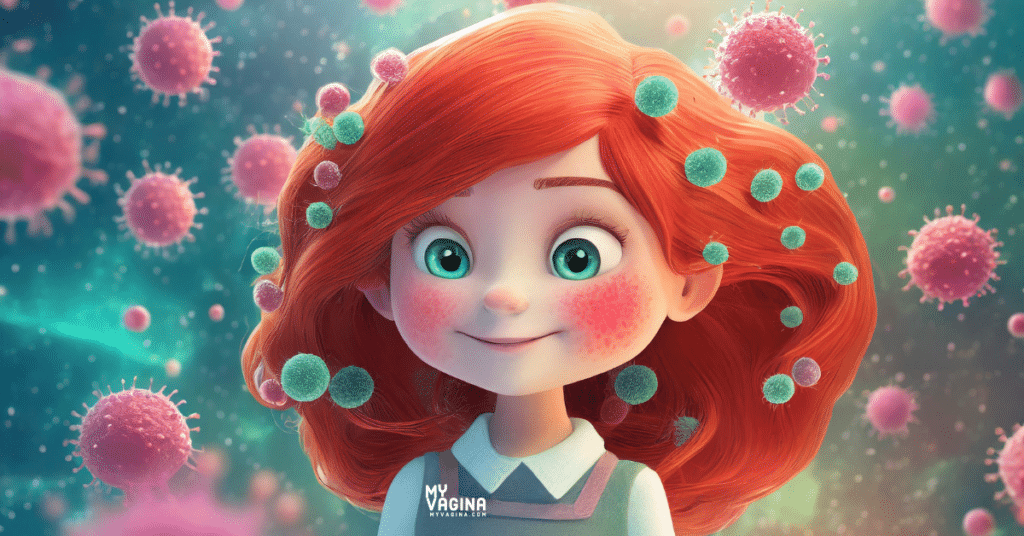The quick list of histamine-producing bacteria
- Lactobacillus: A genus of bacteria that is often found in fermented foods. Some species within this genus can produce histamine, but not all, and in varying levels.
- Leuconostoc: Another genus of bacteria involved in fermentation; some species can produce histamine, especially in wine and dairy products.
- Streptococcus thermophilus: A bacterium used in the production of yogurt and cheese, which under certain conditions, can produce histamine.
- Enterococcus faecalis: This bacterium, found in the gastrointestinal tracts of humans and animals, can produce histamine, particularly in aged cheeses.
- Morganella morganii: Found in the environment and in the intestinal tracts of humans and animals, this bacterium is a significant histamine producer, especially in fish spoilage.
- Klebsiella pneumoniae: This bacterium can produce histamine and is often associated with the spoilage of various foods.
- Hafnia alvei: Commonly found in dairy products and meat, this bacterium can produce histamine and contribute to food spoilage.
- Proteus vulgaris: A bacterium that is known to produce histamine, particularly in the spoilage of fish and meat products.
- Clostridium perfringens: While better known for its role in food poisoning, under certain conditions, it can produce histamine.
- Pseudomonas: A genus that includes species capable of producing histamine, particularly in the spoilage of fish.
These bacteria are known to produce histamine
Learn how food becomes high histamine.
- L. reuteri ATCC 23,2721
- Lactobacillus casei (produces histamine and tyramine)2
- Lactobacillus bulgaricus (increases histamine alone)2
- Lactobacillus vaginalis (produces high amounts of histamine)3
- Morganella morganii (produces high amounts of histamine)4
- Lactobacillus brevis (associated with higher histamine levels in fermented foods, e.g. sauerkraut and yoghurt)5
- Lactobacillus plantarum (associated with higher histamine levels in fermented foods, e.g. sauerkraut and yoghurt)5
- Pediococcus parvulus (associated with higher histamine levels in wine)6
- Lactobacillus hilgardi (associated with higher histamine levels in wine)6
- Lactobacillus rhamnosus (produces small amounts of histamine, commonly found in vaginal or women’s probiotics)
- Lactobacillus reuteri (converts histidine into histamine)7
These bacteria produce biogenic amines, such as histamine4
- Bifidobacterium
- Clostridium
- Enterococcus
- Lactobacillus
- Pediococcus
- Streptococcus
- Enterobacter
- Escherichia
- Klebsiella
- Morganella
- Proteus
- Lactobacillus delbrueckii subsp. bulgaricus (TISTR 895)
Gram negative bacteria appear to generate more biogenic amines (BAs) than gram positive bacteria, with putrescine and cadaverine the main two produced by most gram negative bacteria in the study.
These two BAs were not typically produced by gram positive bacteria, with the exception of two strains of Enterococcus faecalis (C.10 and C.11), which were capable of producing cadaverine.
Histamine was not often noted, with the exception of a gram positive strain of lactobacilli – Lactobacillus vaginalis (D.22) and a gram negative morganella strain – Morganella morganii. Both these species produced high levels of histamine.
These bacteria degrade histamine
- Lactobacillus paracasei (two strains also have very good histamine lowering capabilities, particularly Lb. paracasei L3C21M6)8
- Lactobacillus plantarum D-1039 (degrades histamine)
These bacteria are histamine neutral
Coming soon!
These bacteria are still being evaluated
- Lactobacillus crispatus (commonly found in the vagina and women’s probiotics)10
- Lactobacillus gasseri (associated with anti-allergic qualities)11
These bacteria do not produce histamine
- Lactobacillus acidophilus
- Lactobacillus lactis subsp. lactis
- Lactococcus lactis subsp. lactis
- Lactobacillus plantarum
References12
- 1.Mu Q, Tavella VJ, Luo XM. Role of Lactobacillus reuteri in Human Health and Diseases. Front Microbiol. Published online April 19, 2018. doi:10.3389/fmicb.2018.00757
- 2.Deepika Priyadarshani WM, Rakshit SK. Screening selected strains of probiotic lactic acid bacteria for their ability to produce biogenic amines (histamine and tyramine). Int J of Food Sci Tech. Published online July 29, 2011:2062-2069. doi:10.1111/j.1365-2621.2011.02717.x
- 3.Diaz M, del Rio B, Ladero V, et al. Histamine production in Lactobacillus vaginalis improves cell survival at low pH by counteracting the acidification of the cytosol. International Journal of Food Microbiology. Published online May 2020:108548. doi:10.1016/j.ijfoodmicro.2020.108548
- 4.Pugin B, Barcik W, Westermann P, et al. A wide diversity of bacteria from the human gut produces and degrades biogenic amines. Microbial Ecology in Health and Disease. Published online January 1, 2017:1353881. doi:10.1080/16512235.2017.1353881
- 5.Diaz M, del Rio B, Ladero V, et al. Isolation and typification of histamine-producing Lactobacillus vaginalis strains from cheese. International Journal of Food Microbiology. Published online December 2015:117-123. doi:10.1016/j.ijfoodmicro.2015.08.026
- 6.Landete JM, Ferrer S, Pardo I. Which lactic acid bacteria are responsible for histamine production in wine? J Appl Microbiol. Published online September 2005:580-586. doi:10.1111/j.1365-2672.2005.02633.x
- 7.Thomas CM, Hong T, van Pijkeren JP, et al. Histamine Derived from Probiotic Lactobacillus reuteri Suppresses TNF via Modulation of PKA and ERK Signaling. Heimesaat MM, ed. PLoS ONE. Published online February 22, 2012:e31951. doi:10.1371/journal.pone.0031951
- 8.Domingos-Lopes MFP, Stanton C, Ross RP, Silva CCG. Histamine and cholesterol lowering abilities of lactic acid bacteria isolated from artisanal Pico cheese. Journal of Applied Microbiology. Published online December 1, 2020:1428-1440. doi:10.1111/jam.14733
- 9.Kung HF, Lee YC, Huang YL, Huang YR, Su YC, Tsai YH. Degradation of Histamine by Lactobacillus plantarum Isolated from Miso Products. Journal of Food Protection. Published online October 2017:1682-1688. doi:10.4315/0362-028x.jfp-17-135
- 10.TOBITA K, YANAKA H, OTANI H. Anti‐allergic effects of Lactobacillus crispatus KT‐11 strain on ovalbumin‐sensitized BALB/c mice. Animal Science Journal. Published online October 7, 2010:699-705. doi:10.1111/j.1740-0929.2010.00795.x
- 11.Lee JY, Kang JH, Jung YR, Kang CH. Lactobacillus gasseri MG4247 and Lacticaseibacillus paracasei MG4272 and MG4577 Modulate Allergic Inflammatory Response in RAW 264.7 and RBL-2H3 cells. Probiotics & Antimicro Prot. Published online May 31, 2022:1092-1101. doi:10.1007/s12602-022-09950-4
- 12.Stuivenberg G, Daisley B, Akouris P, Reid G. In vitro assessment of histamine and lactate production by a multi-strain synbiotic. J Food Sci Technol. Published online December 2, 2021:3419-3427. doi:10.1007/s13197-021-05327-7

Get a fresh perspective with a qualified, experienced vulvovaginal specialist naturopath.
This product has multiple variants. The options may be chosen on the product page
The most comprehensive vaginal microbiome test you can take at home, brought to you by world-leading vaginal microbiome scientists at Juno Bio.

Promote and support a protective vaginal microbiome with tailored probiotic species.







